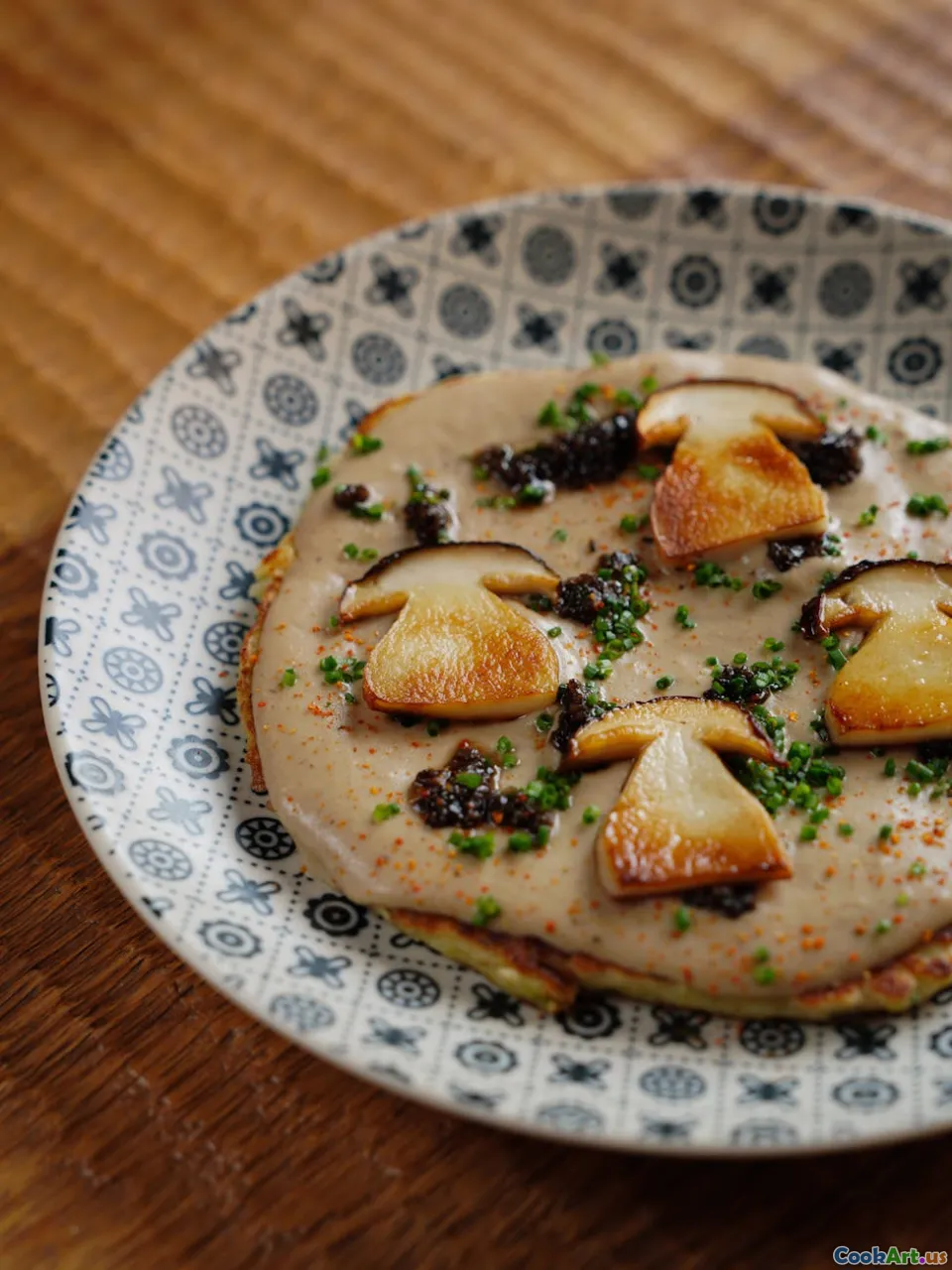Cultural Cuisine Mashups
6 min read Explore the art of Cultural Cuisine Mashups that blend flavors, techniques, and traditions into unique fusion recipes. April 16, 2025 02:45
Cultural Cuisine Mashups
Cultural cuisine mashups have become a fascinating trend in the culinary world, where the boundaries between traditional dishes and flavors blur to create innovative and exciting meals. This article delves into the world of fusion recipes, exploring how different cultures can come together on a plate, offering unique tastes and experiences.
What Are Cultural Cuisine Mashups?
Cultural cuisine mashups refer to the blending of culinary traditions from different cultures to create new and innovative dishes. This practice is not only a reflection of globalization but also a celebration of diversity and creativity in cooking. By combining ingredients, techniques, and flavor profiles from distinct culinary backgrounds, chefs and home cooks alike can craft meals that tell a story of cultural exchange.
The Roots of Fusion Cuisine
Fusion cuisine has its roots in the melting pot of societies where various culinary traditions coalesce. For instance, the culinary landscape of the United States is rich with influences from all over the globe, resulting in dishes like Korean tacos or sushi burritos. These mashups often arise from immigration, travel, and the adaptability of local ingredients, leading to creative culinary expressions.
Historical Context
Historically, food has always been a bridge between cultures. The Silk Road, for instance, was not just a trade route for silk and spices; it was also a conduit for culinary ideas and ingredients. Similarly, the colonial era brought different spices and cooking methods to various regions, leading to new and exciting dishes. Today, cultural cuisine mashups are a continuation of this long-standing tradition, reflecting our interconnected world.
Examples of Creative Cuisine Mashups
-
Sushi Pizza: A deliciously inventive dish that combines the concept of sushi with the Italian classic pizza. It features a base made from sushi rice, topped with raw fish, avocado, and drizzled with spicy mayo.
-
Tandoori Tacos: This fusion features traditional Indian tandoori chicken wrapped in a soft taco shell, topped with cilantro lime crema and pickled onions, merging Indian and Mexican flavors beautifully.
-
Kimchi Quesadilla: A Korean-Mexican delight where spicy kimchi is paired with melted cheese in a crispy tortilla, served with a side of sour cream for a tangy twist.
-
Pasta Primavera with Thai Basil: An Italian classic gets a Southeast Asian twist with the addition of fragrant Thai basil, bell peppers, and a zesty lime dressing.
-
Curry Risotto: An Italian risotto infused with Indian curry spices and coconut milk, creating a creamy, aromatic dish that tantalizes the palate.
Techniques for Successful Mashups
Creating successful cultural cuisine mashups requires an understanding of both culinary traditions and their key components. Here are some techniques to consider:
- Balancing Flavors: Understand the primary flavors of the cuisines you are merging. For example, if combining spicy and sweet elements, ensure they complement rather than overpower each other.
- Texture Play: Combining different textures can enhance the eating experience. Think crispy, creamy, and chewy all in one dish.
- Ingredient Substitution: Use traditional ingredients in new ways. For example, replace rice with quinoa in an Asian-inspired salad for a modern twist.
- Presentation: Fusion dishes should not only taste good but also look appealing. Play with colors and plating techniques to create visually stunning meals.
The Future of Cultural Cuisine Mashups
As we move forward, the trend of cultural cuisine mashups is likely to grow even more. With increasing globalization, chefs are inspired by diverse culinary influences, leading to more innovative recipes. Furthermore, as dietary preferences evolve, we may see more plant-based and health-conscious fusion dishes emerging.
In conclusion, cultural cuisine mashups offer a delightful way to explore the world through food. By blending different culinary traditions, we can create unique and exciting dishes that celebrate diversity, creativity, and the rich tapestry of global flavors. So, grab your apron and start experimenting in the kitchen—your next favorite dish might just be a fusion masterpiece waiting to happen!









